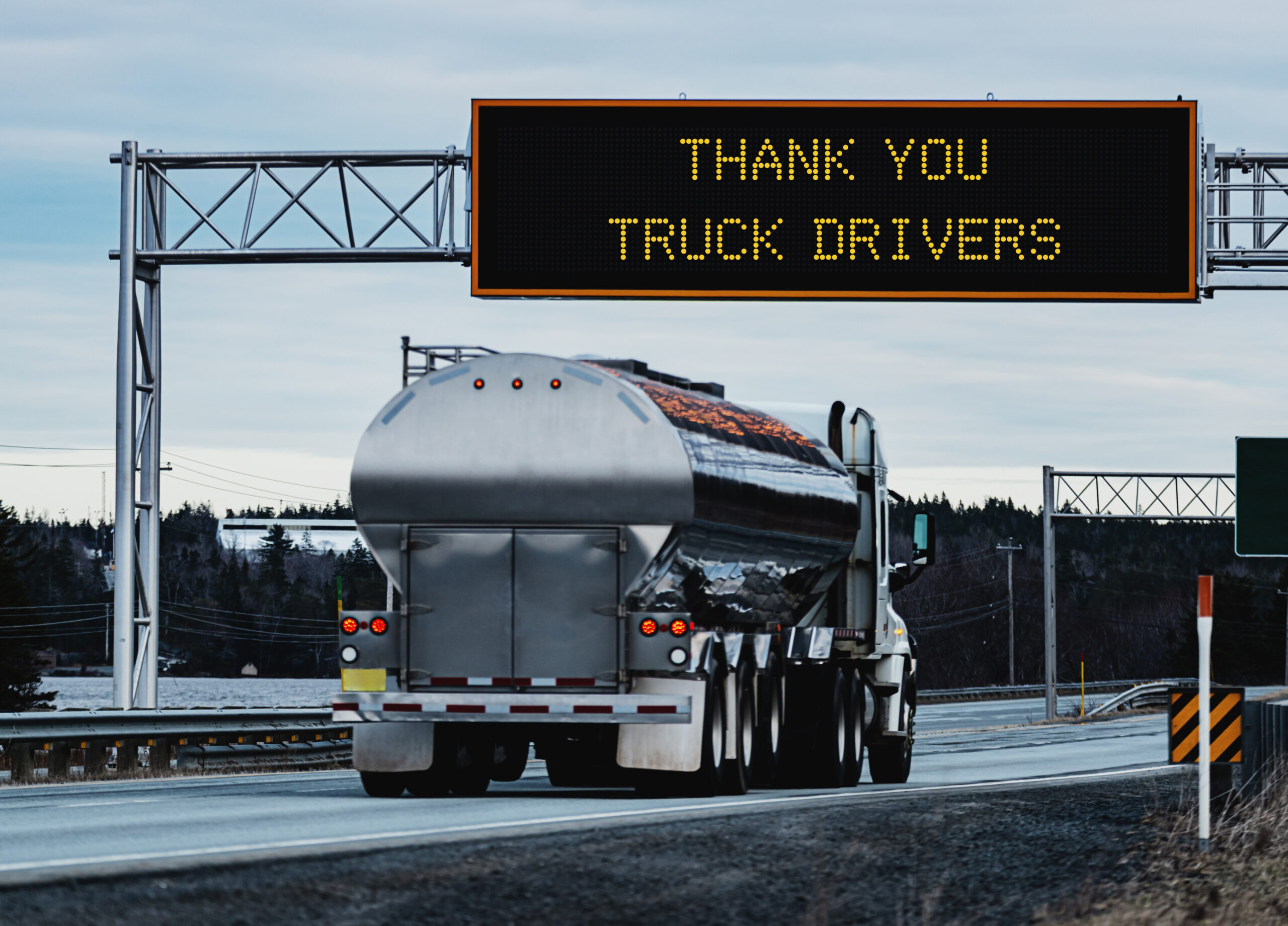How to Recognize Driver Burnout Warning Signs

2020 has created the perfect recipe for burnout in drivers, and we’re just now hitting driver burnout season. Between health-related pandemic fears and everyday worries about work, family life, and the state of our nation, the year has been the perfect storm of chaos.
That’s magnified even further for truck drivers, who have spent much of the year facing ongoing uncertainties. Whether they were on the road and worrying about protective gear or at home worrying about having enough time on the road to cover their bills, drivers have had to handle so much.
All of that stress, worry, and anxiety greatly increases the risk of burnout. While burnout isn’t an official medical condition, it can wreak havoc on a person’s physical, mental, and emotional health. This, in turn, can negatively impact all aspects of life, including work performance.
Would you recognize the signs of burnout in your drivers? Because you can’t see drivers on a daily basis, keeping tabs on their well-being can be more difficult. But having a good understanding of burnout and its symptoms is a step in the right direction.
The Facts About Burnout
Burnout is defined as a “state of emotional, physical, and mental exhaustion caused by excessive and prolonged stress.” It’s a feeling we’ve all likely experienced at one time or another.
Feeling burned out is common even during “normal” times, but 2020 has been far from normal. With all of the things going on around us, burnout has become even more common during the COVID-19 pandemic. While burnout can be caused by stress of any kind, including that related to relationships or caregiving, it’s most commonly the result of work-related problems or a lack of work/life balance.
When you add what’s happening in the world around us to the normal stress of work and life, it may feel like the weight of the world is on your shoulders. This phenomenon is actually a medical condition called “secondary traumatic stress” or “compassion fatigue.” Put simply, we’re overwhelmed by everything that is happening this year, and that leads to burnout.
The Signs of Burnout
Because feeling burned out can affect every aspect of health and life, there are many different possible symptoms. These include:
- Changes in sleep habits or appetite
- Diminished work performance
- Emotional exhaustion
- Extreme fatigue not alleviated by getting adequate sleep
- GI issues
- Headaches
- Increased frustration about work tasks
- Increased irritability with coworkers or customers
- Use of drugs, food, or alcohol to cope
A Company’s Role in Combating Burnout
Because truck drivers are the original “remote workforce,” you won’t be able to visually see most of these indicators of burnout. Drivers have to self-report in order for you to know that they’re being affected.
Your first best step is to provide drivers with ample information about what burnout is and what the signs of burnout look like. Being armed with this information can help them know when to seek assistance and support.
Admitting to feeling less than your best or facing mental health issues can feel like failure to some people, therefore having a feedback tool like WorkHound that provides anonymity can be vitally important.
“Having feedback as an outlet can help employees who may not feel comfortable speaking up,” says Max Farrell, CEO & Co-Founder at WorkHound. “It gives them a proactive outlet to express their concerns, allowing the worker and the company to identify whether they’re starting to show risk factors of burnout.”
Allowing for that type of feedback also helps businesses take steps to make improvements and take actions that support their drivers and other employees.
“For the company, having a feedback outlet can help them understand changes that may need to be made,” Farrell adds. “Or they may be able to identify services that need to be offered to provide employees with the support they need to handle personal challenges, as well as the ones we’re all facing right now.”
Proactively Equipping Your Team
As important as it is to inform your drivers about burnout warning signs, carriers should also consider additional, tangible ways to proactively prevent burnout.
University of Arkansas’ latest research on burnout shows that inefficacy, or the feeling of ineffectiveness, is the final stage of burnout, leading drivers to quit. More importantly, the report notes, “Drivers experiencing inefficacy may feel both unproductive and incapable of succeeding in their current role due to a lack of skills or resources.”
Skill development training is a sure way to intercept and address burnout at this level. Equipping drivers with new skills or refreshing their expertise can empower their growth and loyalty to your company.
Our friends at Instructional Technologies Institute give your drivers the tools they need to skill-up and handle stressful situations while steering them away from incidents and burnout. Training with ITI prepares drivers for what’s coming, how to deal with it, and gives them a confidence boost when they need it most.
- The Winter Driving lesson is full of tips like what to do if you get stuck in the snow, maneuvering through a skid, and the best way to install tire chains.
- Our Fatigue Management lesson teaches drivers how to identify and combat drowsy driving.
- Slips, Trips, and Falls lesson help prevent debilitating injuries.
- Road Rage helps drivers deal with their frustration on the road.
By assigning lessons like these, you not only instill safe driving habits, you send a message that your fleet cares about driver wellbeing.
Empathy
The most important thing that trucking companies can provide during these trying times? Empathy.
“It is really important for leaders to recognize that we’re unusually stressed right now and not to make snap judgments about how things are affecting work temporarily,” Farrell says. “They need to be empathetic. It can be the difference between workers staying at the company and leaving for a company that may do a better job of accommodating mental health.”
Let's Build Better Workplaces Together
Revolutionize your company culture and your worker retention rates by improving communication and engagement.
Book a Demo

